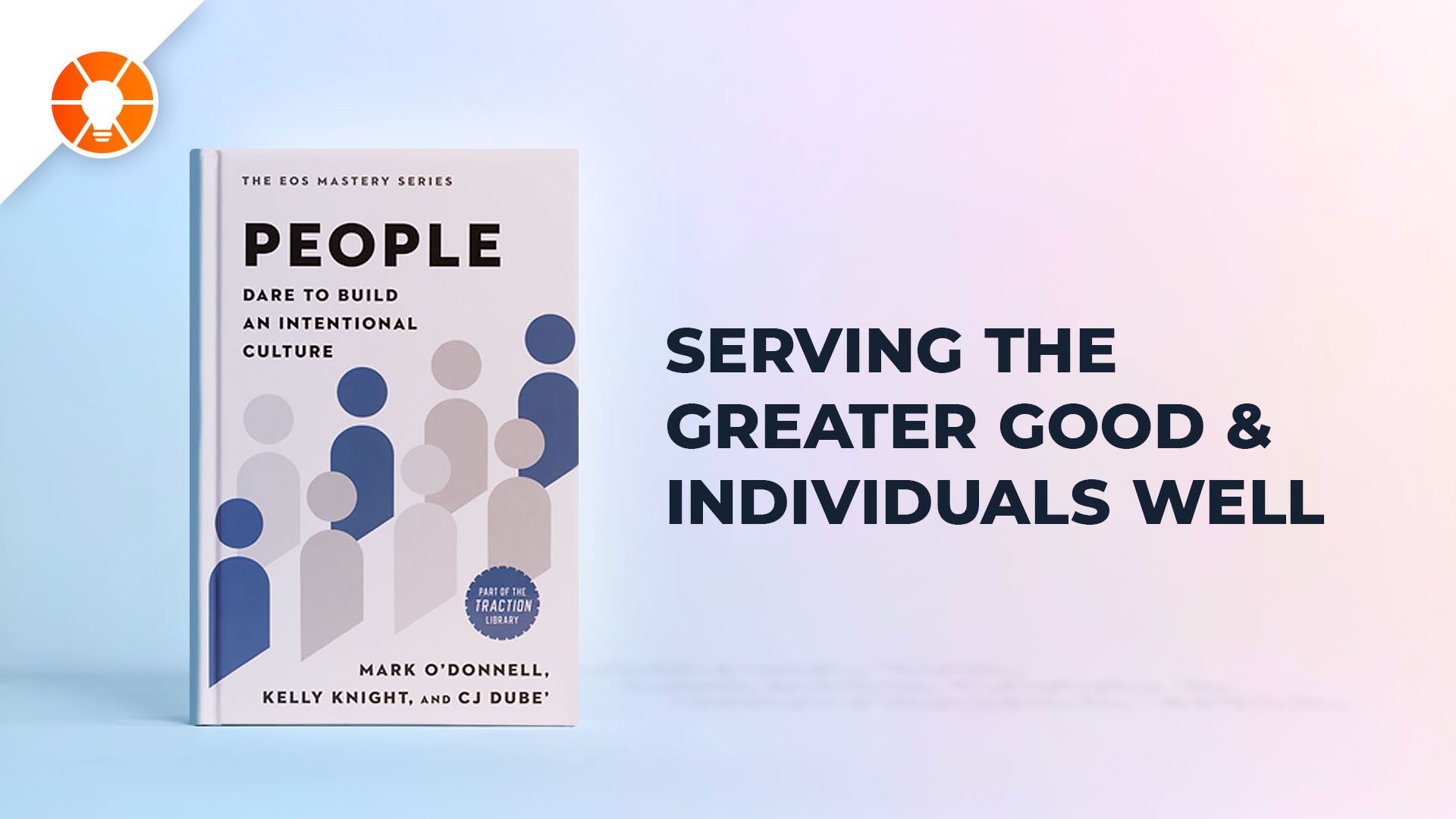 A friend of ours has backed himself into a bit of a corner. On the promise of extraordinary returns, he made an unconventional investment. The people he invested with have assured him that the investment turned out great, but more than a month later, he still hasn’t gotten a check.
A friend of ours has backed himself into a bit of a corner. On the promise of extraordinary returns, he made an unconventional investment. The people he invested with have assured him that the investment turned out great, but more than a month later, he still hasn’t gotten a check.
This reminds us of a lesson another friend shared, one that he learned at his grandfather’s knee. “In business,” he said, “there are three kinds of people. Those you know you can trust, with whom you do business on a handshake. Those you don’t know if you can trust, with whom you do business through a detailed contract. And those you know you can’t trust, with whom you don’t do business.”
We spend a lot of time with our clients working on trust. When we ask them what it means to them, the answers we usually get are “honesty” and “integrity.” Occasionally, the answer is “trustworthiness,” which isn’t especially helpful.
In our experience, trust actually comes from three things.
- Capability
- Reliability
- Intent
The first two are pretty easy. For you to trust someone, you have to believe that they CAN do what they say are going to do, and that they WILL do what they say are going to do. And that when they fail, as we all do, they’ll own up to their failures rather than hiding them.
Intent is trickier. You have to believe that when the chips are down, in those rare situations where interests collide, the other person will put someone else’s interests ahead of their own.
In sales situations, this means believing that the other person has your best interests at heart. Whom would you be more likely to trust, a salesperson who will sell you what he has even if it’s not right for you, or one who will send you down the street if someone else can genuinely meet your needs better than he can?
In company situations, it means believing that the other person genuinely has the best interests of the company or team at heart. This is the colleague who will sacrifice her own budget if that’s the best way to free up money for someone else’s critical project. It’s the team member who has the courage to put on the table a really difficult issue that everyone wishes they could avoid.
What makes intent tricky is that we can’t see into peoples’ hearts. They have to be willing to be transparent – to demonstrate consistently with words and actions what their intent really is. Transparency is risky. Most people will be completely transparent with you only if they’re convinced that you’re being completely transparent with them.
Almost every team struggles with trust. If yours is, that just makes you normal. Take a moment to ask yourself if you’re confident that every member of your team is capable, is reliable, and genuinely has the best interests of the company at heart. But first, ask, “Am I consistently demonstrating those qualities to them? Most importantly, am I transparent? Do I give them every reason to be confident that this is only about the company, not about me?”
Try it. Trust will grow. Traction will increase. Results will follow.





